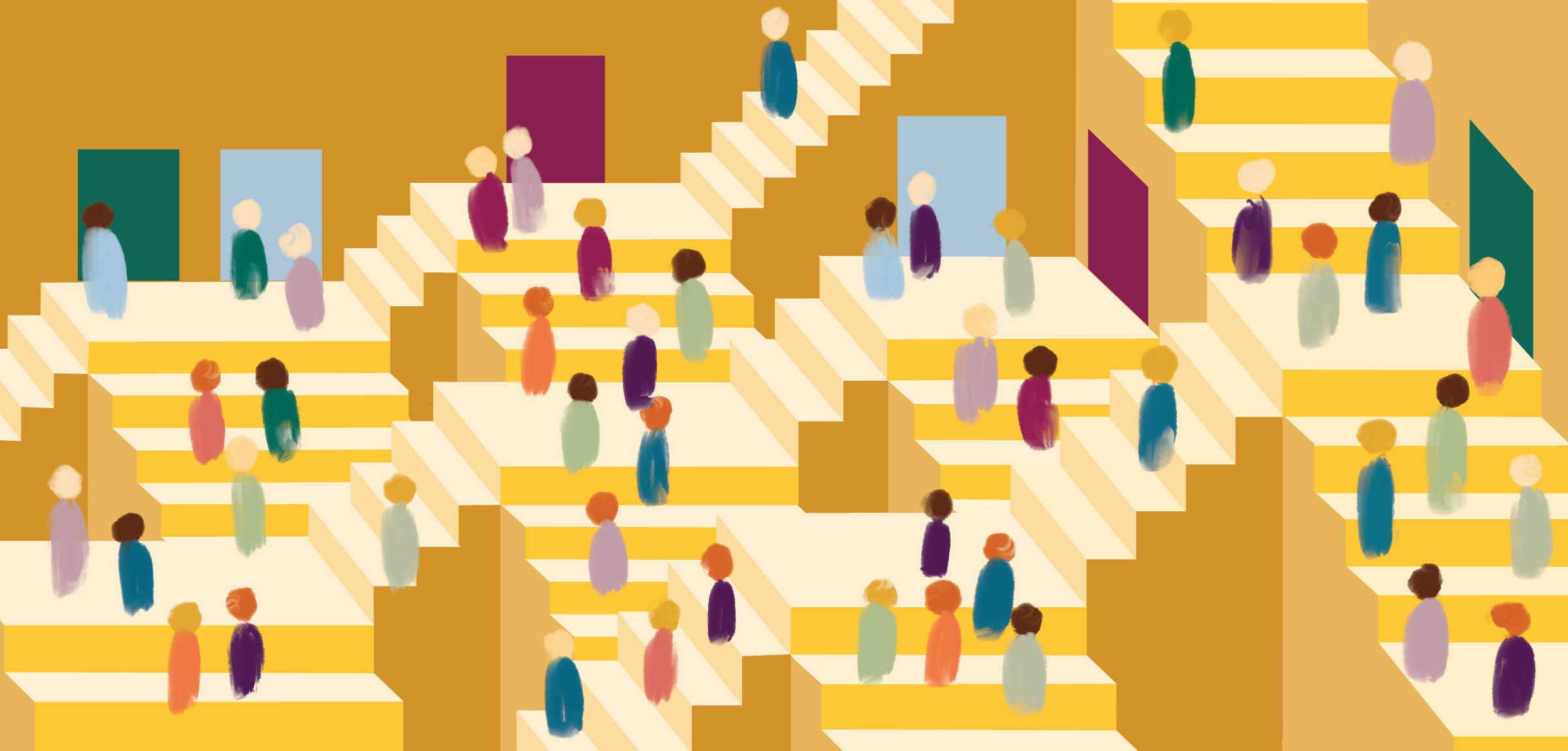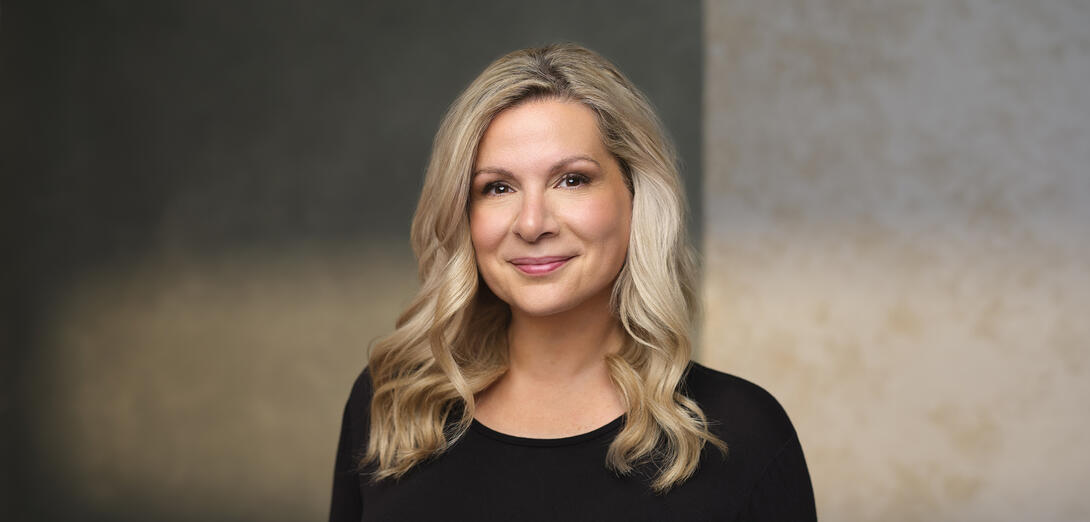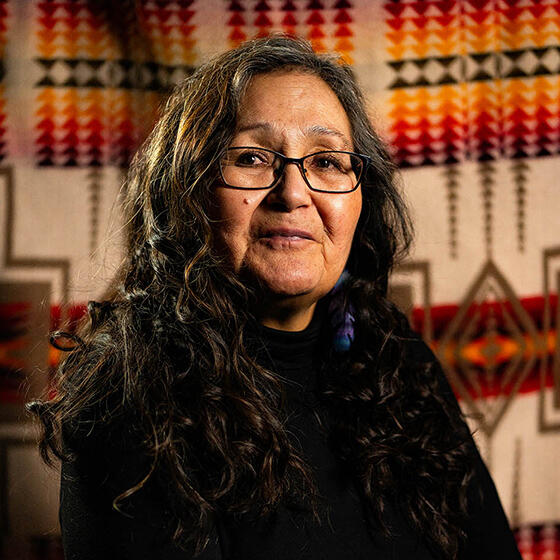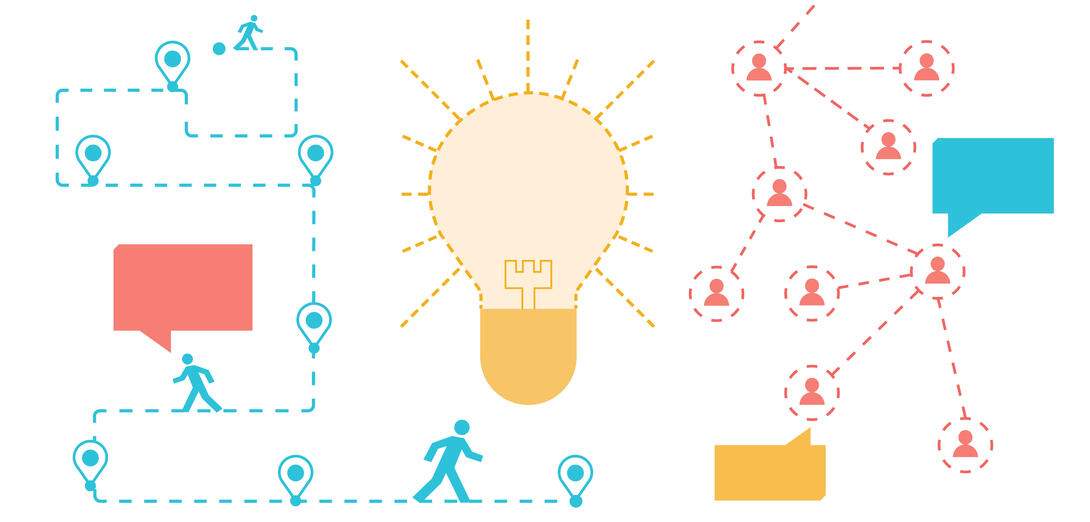We are all a complex combination of privilege and marginalization
Human diversity can be measured in countless ways. I see this every day as a teacher.
Each person has many dimensions that include visible, physical traits as well as traits that are more hidden and potentially fluid. Physical traits include size, gender, age and skin colour, whereas less visible ones include health, education, wealth and sexuality. The combinations of these dimensions, often called intersections, represent the multilayered complexity that is embodied in everyone, and affect our interactions and relationships with one another.
Where power lies
To demonstrate the diversity dimensions, sociologists and scholars have created various visual representations or “wheels.” One version, the Wheel of Power/Privilege shown here, captures how certain traits are prioritized or privileged.
In this representation, the “powerful” traits (e.g., rich) are in the centre of the wheel, while less powerful traits (e.g., neurodivergence) are in the middle and periphery near the margins of the wheel, demonstrating the gradual decrease in privilege associated with these characteristics. For instance, more privilege is ascribed to cisgender men, those who are white and those who are able-bodied.
With 12 dimensions in this wheel, an individual may hold power in a number of areas, but not all. Similarly, someone may be marginalized in several dimensions but privileged in others.
The wheel can support our understanding of intersectionality, as it allows us to think beyond a single dimension (such as gender or skin colour) when discussing diversity. Seeing all 12 sections of this wheel at once also allows us to think about how the different dimensions interact and exist in varying degrees of privilege and power — emphasizing just how complex diversity is.
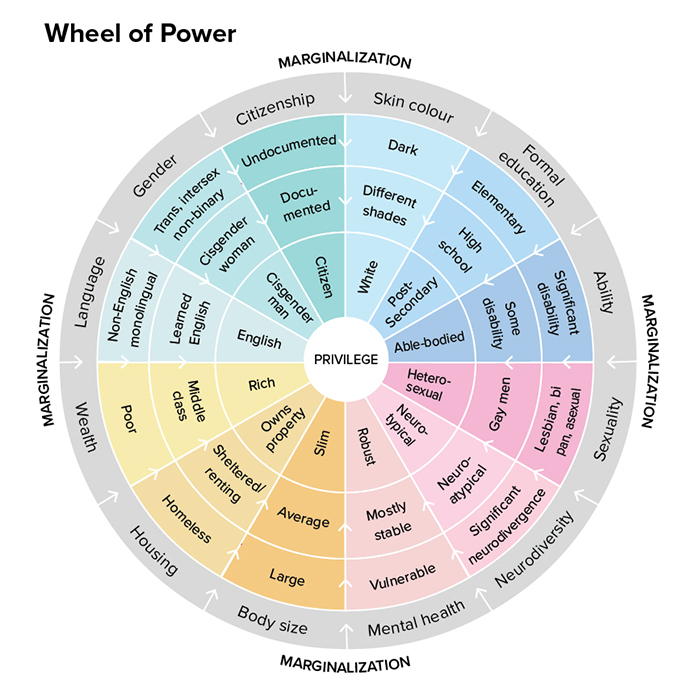
Building awareness and equity
As a teacher, using a wheel like this helps me identify where my own privileges and marginalizations exist. This can help me to see how I may be perceived by others, and how I can share my powers and privileges with those who are less privileged. For example, as an Asian male teacher, I recognize that there may be instances where I can use my privilege to proactively support and advocate for students or colleagues, and instances where I may need to ask for support from my white peers. Building awareness can build allyship.
Intersections of diversity affect teachers and students alike, in multifaceted and dynamic ways. Tools such as wheels of power/privilege foster awareness and increase understanding of diversity and intersectionality, allowing us to truly grasp how privilege and power affect each of us differently.
As teachers, increasing our understanding of the complexities around diversity is vital. By appreciating that everyone, including our students, their families and our colleagues, may be privileged in some ways but also disadvantaged in others, we can work more effectively to support safe and equitable learning spaces for all.
Recommended resource
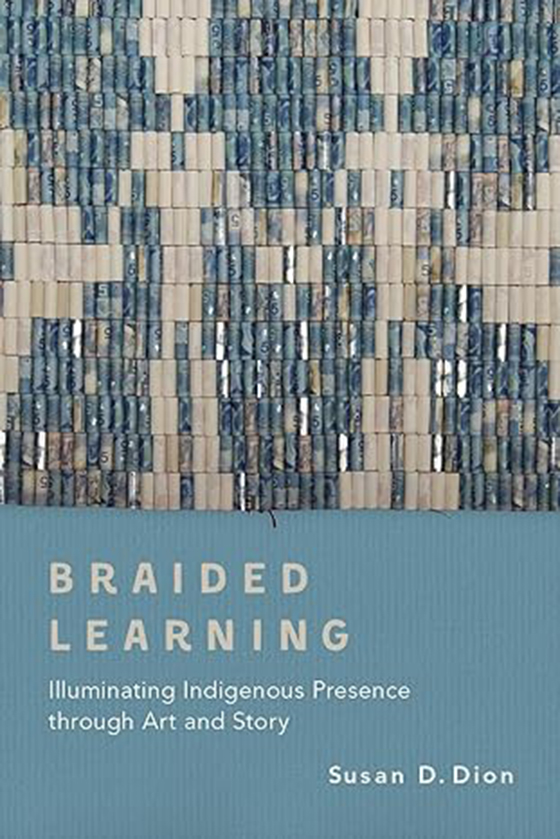
Susan D. Dion
| National Deafblind Awareness Month is celebrated in June, the birth month of Helen Keller. This month, events are held across the country to promote Canadians’ understanding of, and comfort with, people in their communities who are deafblind. |
